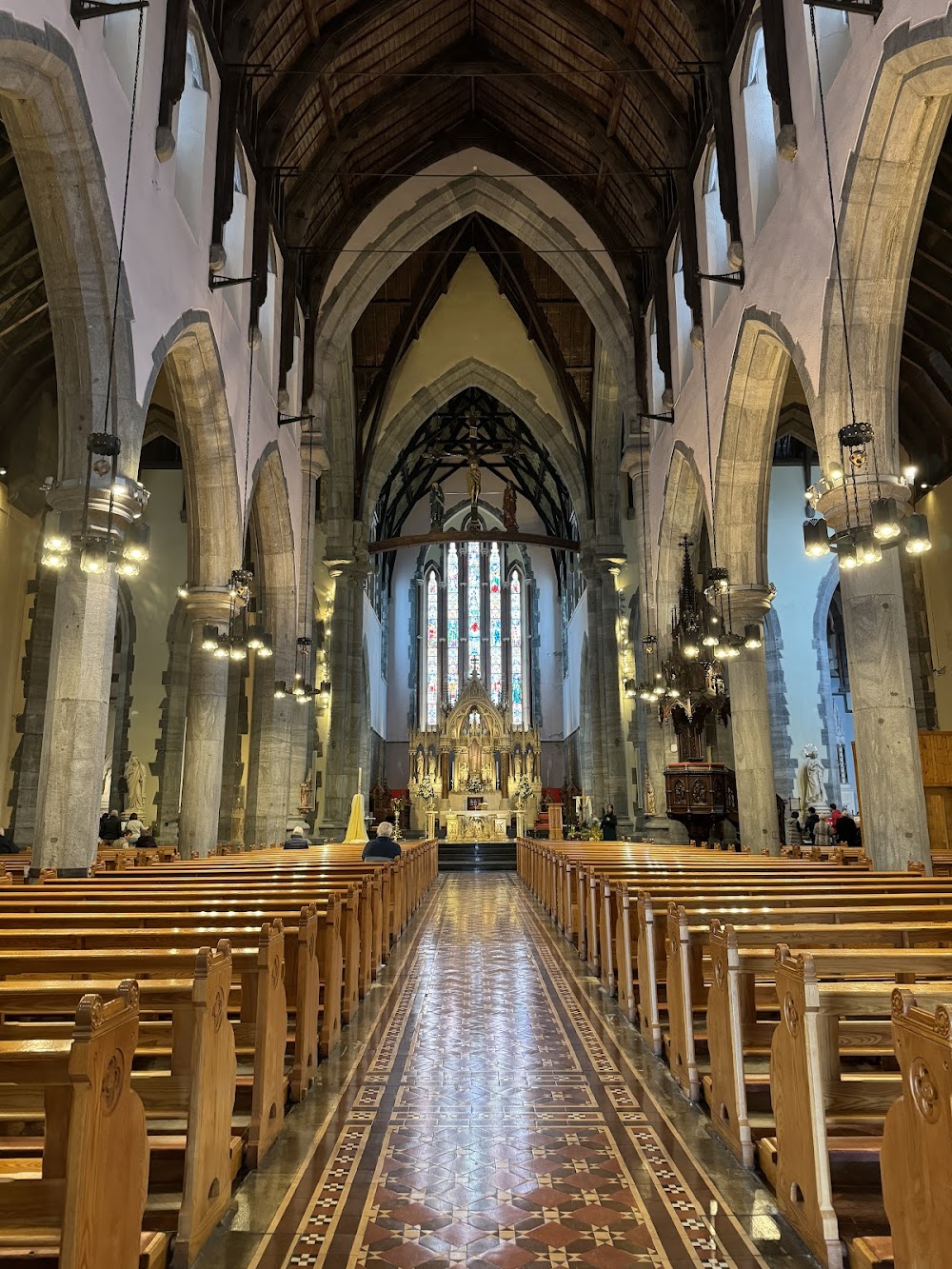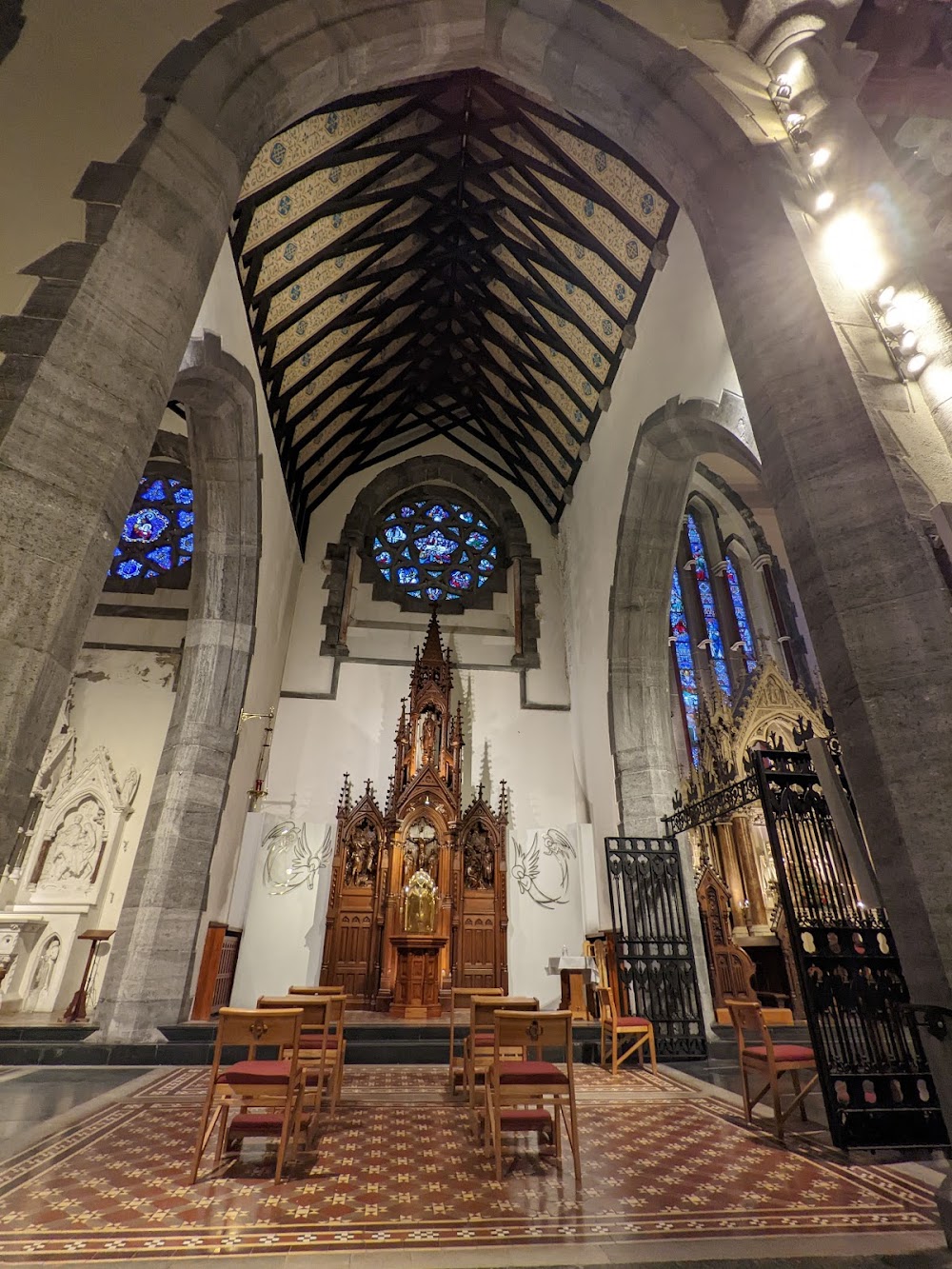St. John's Cathedral (Ardeaglais Eoin)
Overview
St. John's Cathedral in Limerick, Ireland, is a breathtaking architectural gem and a cherished landmark of the city. Its fascinating story begins in the 19th century, a time when the Catholic community in Limerick lacked a significant church capable of accommodating their rapidly growing numbers.
The Vision of Bishop John Ryan
The driving force behind St. John’s Cathedral was Bishop John Ryan, who recognized the urgent need for a grand place of worship. He initiated the project in the late 1850s, envisioning a cathedral that would stand among the tallest buildings in Ireland. To bring this ambitious vision to life, Bishop Ryan enlisted the talents of Philip Charles Hardwick, a distinguished English architect celebrated for his Gothic Revival style, which was particularly favored for ecclesiastical buildings of that era.
Construction Begins
Construction commenced in 1856, fueled by the dedication and enthusiasm of the local community. Skilled craftsmen were engaged to meticulously execute Hardwick’s designs, resulting in a stunning Gothic Revival structure characterized by pointed arches, ribbed vaults, and flying buttresses—elements typical of medieval Gothic architecture but infused with a 19th-century elegance.
Materials and Craftsmanship
The cathedral was constructed using local limestone, ensuring its robust and enduring foundation. Every detail was crafted with care, from the exquisite stained glass windows to the intricate woodwork and beautiful altars. The high altar, in particular, stands as a testament to the craftsmanship and dedication that went into creating a space imbued with reverence.
The Iconic Spire
One of the cathedral’s most defining features is its stunning spire, soaring to a height of 80 meters—the tallest in Ireland. This impressive height not only symbolizes the aspirations and unity of Limerick’s Catholic community but also serves as a landmark visible from various vantage points around the city. The spire was completed in 1883, marking the crowning achievement of this architectural marvel.
A Community’s Commitment
Throughout the construction period, the local community played a pivotal role in the cathedral’s creation. Donations from parishioners and support from various benefactors were crucial in funding this monumental project. This communal effort underscores the significance of the cathedral to the people of Limerick and reflects their collective spirit and commitment.
Completion and Legacy
St. John’s Cathedral was finally completed and consecrated in 1861, providing a magnificent space for worship and community gatherings. Over the years, it has evolved into much more than a place of worship; it stands as a symbol of pride and resilience for the people of Limerick.
A Modern-Day Beacon
Today, the cathedral continues to play a vital role in the community, hosting regular religious services as well as cultural events, concerts, and educational programs. Its historical and architectural significance draws visitors from around the globe, eager to experience the stunning interiors and admire the impressive spire.
St. John's Cathedral is not just a monument of faith but a beacon of community and history in Limerick. It represents a remarkable achievement in architecture and serves as a heartfelt example of what can be accomplished through unity and dedication. The cathedral remains a cornerstone of Limerick’s cultural and spiritual life, forever honoring the vision of Bishop Ryan and the many individuals who contributed to its creation.









